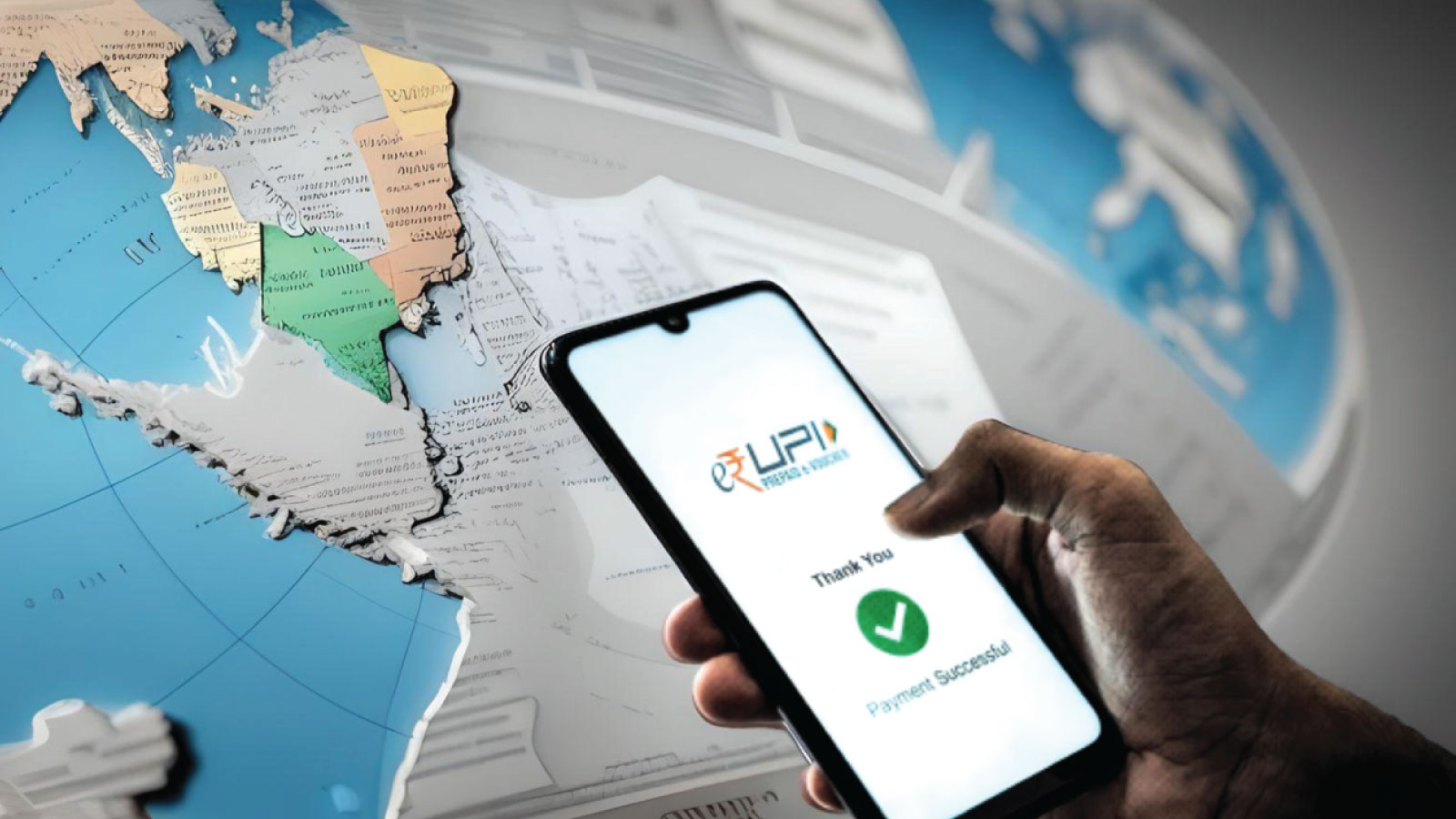The Indian economy is fast embracing digitization. According to a recent report, in July 2022, India’s instant real-time payment system, the Unified Payments Interface (UPI), registered 6.28 billion transactions and is expected to reach $440.3 billion at a CAGR of 14.80% by 2032.
The modern-age payment system enables users to send and receive payments instantly via smartphones. More and more merchants have started collaborating with payment aggregators to integrate UPI payment gateways.
Now India is gearing up to take UPI global to make it a universally used and accepted mode of payment. In this blog, let’s understand more about UPI and its global expansion.
What is UPI
Unified Payments Interface (UPI) is a single-window mobile payment system developed by the National Payments Corporation of India (NPCI). It enables multiple bank accounts, from participating banks, into a single mobile application. It merges several banking features, merchant payments & seamless fund routing under one umbrella eliminating the need to enter bank details or other sensitive information each time a customer initiates a transaction.
Regulated by the Reserve Bank of India (RBI), the Indian central bank, the Unified Payment Interface is a real-time payment system. It works by transferring money between two bank accounts along with a mobile platform, just in a two-click factor authentication process.
UPI Goes Global
As UPI emerges as the most preferred payment mode with a market share of 64% of merchant payments in the first quarter of 2022, The RBI and NPCI are now working towards expanding the reach of the UPI globally.
While UAE, Japan, the US, Singapore, Bhutan, Nepal, and France already accept UPI-based payment services, India is expanding in the UK market, starting with QR code-based transactions. With this, the UK will be the eighth country where UPI-based services will be made available.
How Does UPI Global Work?
To expand the deployment of UPI and Rupay solutions outside India, the Reserve Bank of India (RBI) and NPCI launched NIPL as the latter’s subsidiary in 2020. The international subsidiary has been forging partnerships with banks and payment providers to expand NPCI’s digital payment products to boost the growth of the Indian digital payments ecosystem in the international market. It would also include payment service providers (PSPs) and global merchant acquirers, among many others.
For tourists or migrants, it is mandatory to have a bank account in India with UPI enabled on it. The users must also have a BHIM application to make any UPI payments. As a result, Indians traveling to distant locations with Indian bank accounts can transact easily in a foreign land without worrying about carrying a Forex card or the local currency and be able to make UPI payments at shops, retail establishments, and other merchants.
The Future of UPI Global
India’s innovative Unified Payments Interface has revolutionized the payments industry in the country. According to NPCI, the value of 6.28 billion transactions was worth Rs 10.63 trillion in July 2022, up by 7.16 percent compared to June 2022. Also, the number of Indian banks live on the UPI network was 338 as of July 2022, as per the report. At such a point, it does not seem surprising that UPI is flourishing as one of the trending payment platforms in the international market.
Now, as businesses also choose to accept UPI payments through payment links, QR codes, or web/app payment gateway integrations, at Mobileware Technologies, we work with some of India’s leading partners, including private banks and small finance banks, to simplify business payments. Through our hosted UPI switch with connectivity to NPCI and personal Virtual Payment Address (VPA), QR Code generation, customer management, PSP application, and a gamut of other services, we are successfully offering interoperable and scalable payment solutions to the ecosystem.
